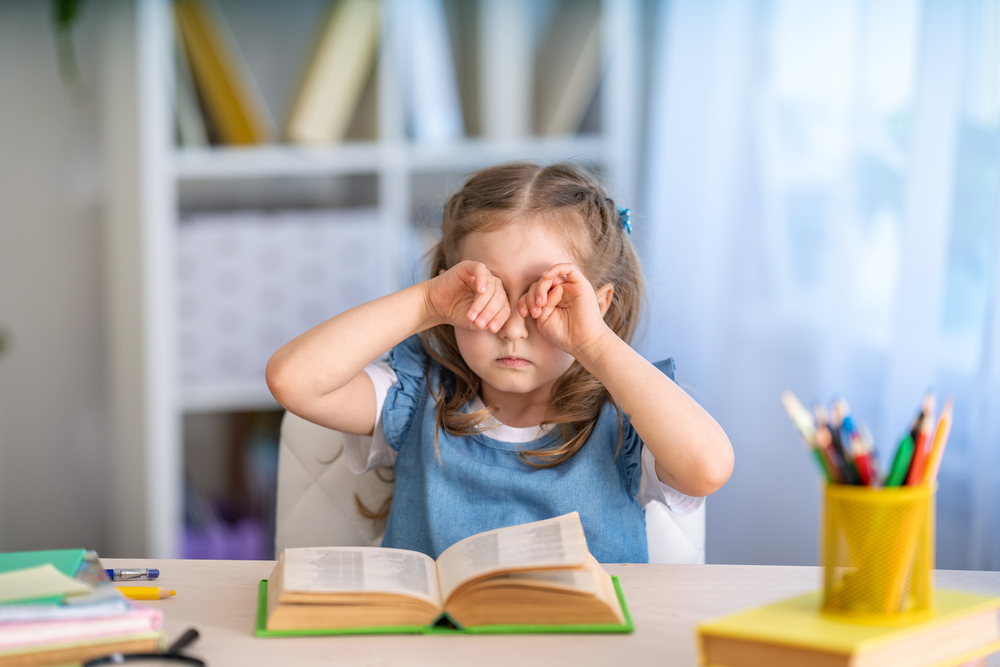
Vision problems in children can manifest in various forms, and their severity can range from mild to severe. These conditions can affect different aspects of a child's vision, including their ability to focus, their color perception, and their field of view. The most common vision problems in children include refractive errors (myopia, hyperopia, and astigmatism), strabismus, and amblyopia.
Common Vision Problems in Children
Myopia, or nearsightedness, is one of the most common vision problems in children. It often develops around the age of six and can progressively worsen as the child grows. Children with myopia have difficulty seeing distant objects clearly but can see nearby objects without any issue.
Hyperopia, or farsightedness, is the opposite of myopia. Children with this condition can see distant objects clearly but struggle with near-vision tasks like reading or writing.
Astigmatism is a condition where the cornea, or lens, of the eye isn't perfectly round, leading to blurred vision. This condition can occur alongside myopia or hyperopia.
Strabismus, or crossed eyes, is a condition where the two eyes do not look in the same direction at the same time. This can lead to double vision and depth perception issues.
Symptoms and Signs to Watch Out For
Recognizing the signs of vision problems in children can be challenging. Children often do not complain about their vision because they don't realize that their view of the world might be different from others. Here are some signs to watch out for that could indicate a potential vision problem:
Squinting or closing one eye to see
Rubbing the eyes frequently
Excessive tearing
Sensitivity to light
Difficulty reading or viewing distant objects
Frequent headaches
Tilting the head to one side
Avoiding activities that require near vision, like reading, or distant vision, like sports
If your child exhibits any of these symptoms, it's important to seek professional help immediately. An eye doctor can conduct a comprehensive eye examination and determine if your child has a vision problem.
The Impact of Untreated Vision Problems on a Child's Life
The importance of early detection and treatment of vision problems cannot be overstated. Untreated vision problems can have a profound impact on a child's life. They can affect their academic performance, hinder their physical abilities, and even impact their social interactions.
Poor vision can make it difficult for children to read, write, and learn, leading to poor academic performance. It can also lead to physical clumsiness, as poor depth perception can make it challenging for children to participate in sports and other physical activities.
In terms of social interactions, children with untreated vision problems may find it difficult to make eye contact, recognize faces, or interpret nonverbal cues, leading to communication difficulties and potential social isolation. Early detection and treatment can help mitigate these issues and ensure that your child leads a normal, healthy life.
Conclusion
As a parent, you play a crucial role in the early detection and treatment of vision problems in your child. Regular eye check-ups should be a part of your child's routine health check-ups. If you notice any signs of vision problems, it's important to consult an eye doctor immediately.
If your child is showing any signs of a vision problem, schedule an eye exam at Bluegrass Vision Group in our Mount Sterling, Morehead, or Lexington, Kentucky, office. Please call (859) 498-4800, (606) 727-2800, or (859) 327-3701 to book an appointment today.








